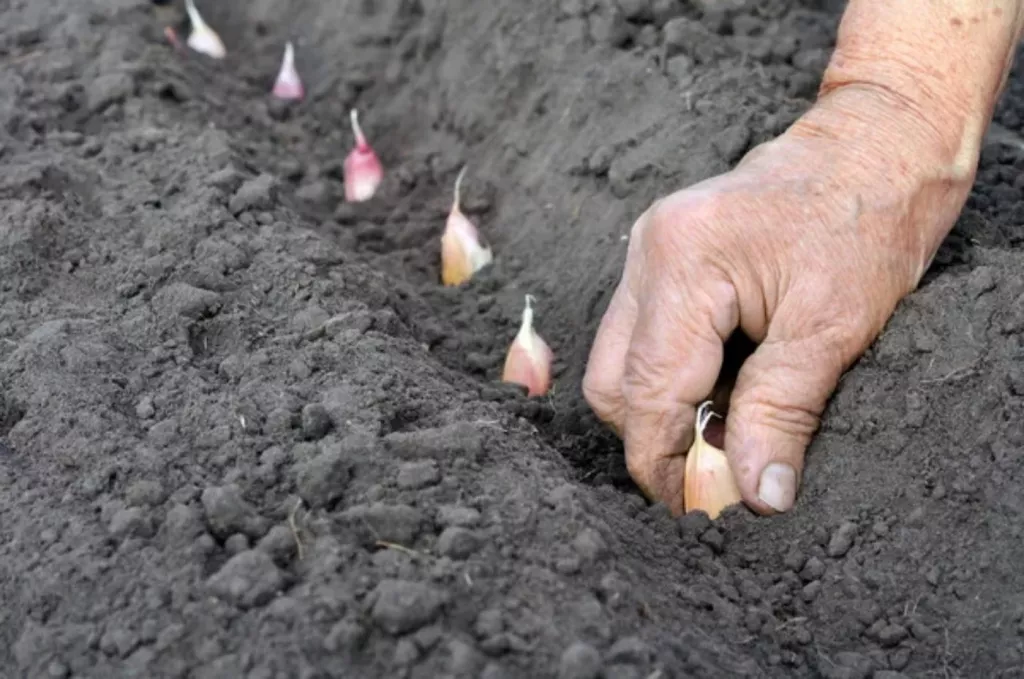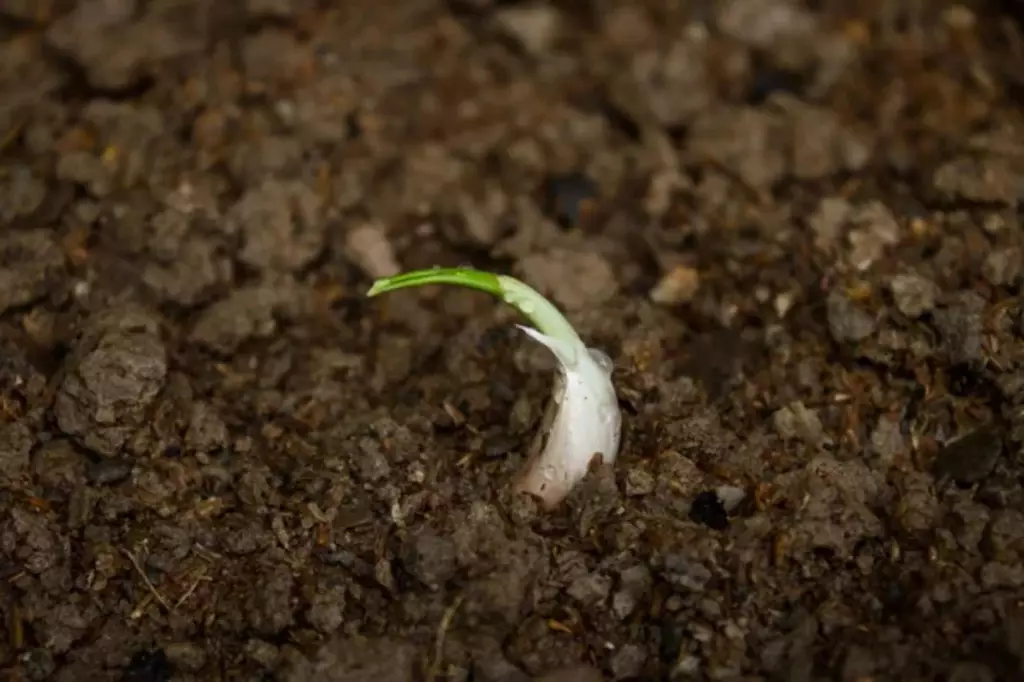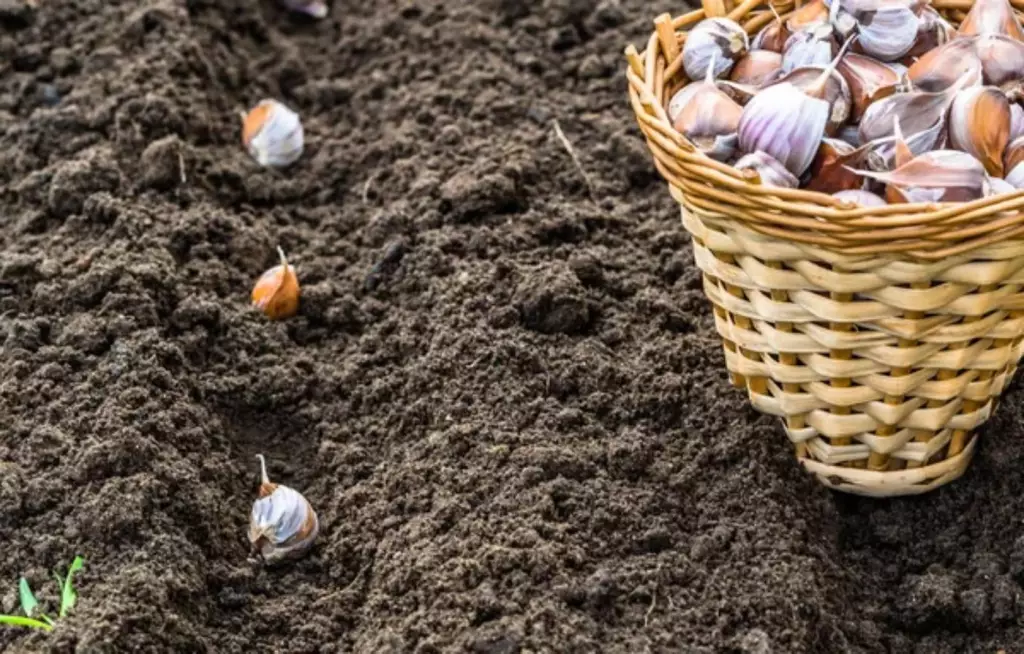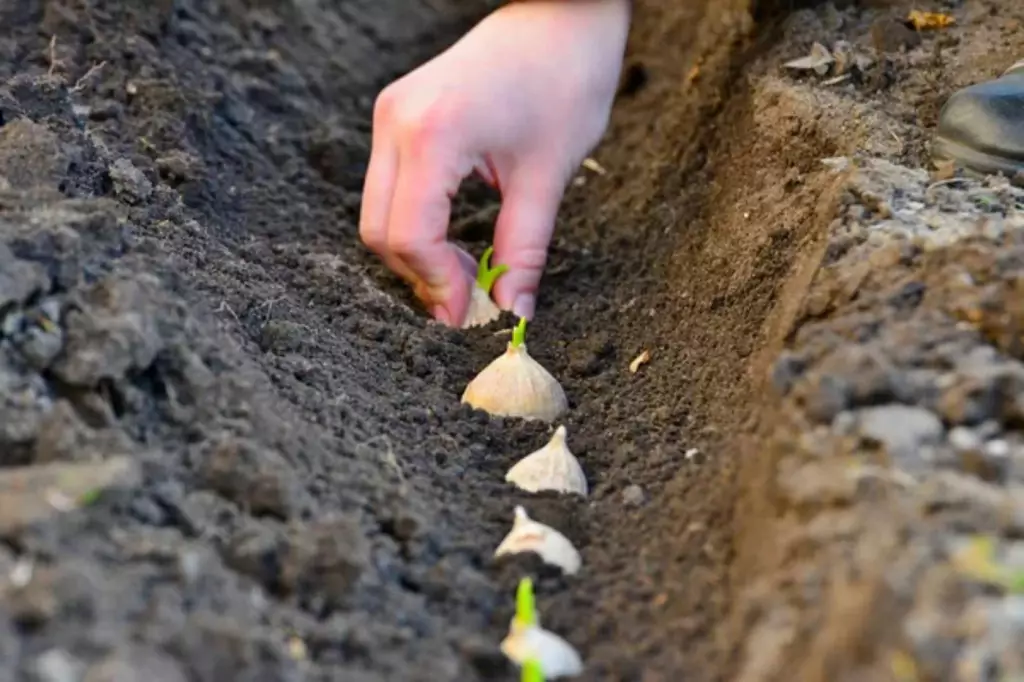What Is the Recommended Spacing for Garlic Plants?
Garlic requires specific growing conditions to thrive, including adequate spacing. The recommended spacing not only ensures each garlic plant has enough room to develop robust bulbs but also plays a pivotal role in minimizing disease spread and competition for resources. In this article, we will dive into the essential aspects of garlic cultivation, focusing primarily on the critical factor of plant spacing.
The recommended spacing for garlic plants is 4 to 6 inches apart in rows that are 12 to 18 inches apart. This spacing allows for adequate air circulation and room for bulb development. Optimal spacing can vary based on garlic type and growing conditions.
Spacing can also affect the garlic's ability to ward off pests. Let's find out how to space your garlic plants properly to create a kind of barrier that many garden pests would rather avoid.
Summary
- Hardneck garlic varieties need about 6 inches between cloves and 12 inches between rows, softneck varieties can be spaced 4–6 inches apart with 10–12 inches between rows, and elephant garlic requires the most space, with 8–10 inches between cloves and 12–18 inches between rows.
- The spacing recommendations for garlic are designed to prevent overcrowding, which can lead to competition for resources (like nutrients and water), smaller bulb sizes, and increased susceptibility to diseases and pests.
- In raised beds, a range of 32 to 72 square inches per plant is suggested, accommodating the varying sizes of garlic bulbs.

On this page:
How Far Apart to Space Garlic
When planting garlic, you'll want to give each clove about 6 inches of space. This helps to promote larger bulbs and ensures they have enough room to mature without competing for nutrients or water.
| Garlic Variety | Spacing Between Cloves | Spacing Between Rows |
|---|---|---|
| Hardneck | 6 inches | 12 inches |
| Softneck | 4-6 inches | 10-12 inches |
| Elephant Garlic | 8-10 inches | 12-18 inches |
Optimal spacing for hardneck garlic
Hardneck garlic varieties like 'Rocambole' or 'Chesnok Red' typically require slightly more space than softneck varieties.

Hardneck garlic should be spaced about 6 inches apart with rows 12 inches apart. This is because they tend to grow larger and produce a scape, which also requires space.
Optimal spacing for softneck garlic
On the other hand, softneck garlic, usually better for warmer climates, can be planted with cloves about 4-6 inches apart. Their rows can be slightly closer, around 10-12 inches apart.
These varieties are generally hardier and store well, making them a preferred choice for gardeners in California and similar regions.
Optimal spacing for elephant garlic
If you're growing elephant garlic, which is actually closer to the leek family, you'll need about 8-10 inches between cloves since they grow quite large.
Make sure your garden bed has ample room, as elephant garlic will need more space than the average garlic variety. Proper air circulation and sunlight exposure are key to preventing pests and plant diseases.
If you’re planting multiple rows, make sure rows are about 12 to 18 inches apart. This wider row spacing is vital to give you room to walk and weed between the rows without causing damage to the plants.
For container gardening, use a container that is at least 8-10 inches deep and space bulbs 6-8 inches apart. In a raised garden bed, allocate 32 to 72 square inches per plant.
The larger end of the space range generally correlates to bigger bulb varieties. Remember, consistency in spacing will aid in achieving a more uniform garlic crop.

Spacing of Elephant Garlic
Elephant garlic, known for its large cloves and milder flavor than common garlic, requires specific spacing and planting considerations to thrive.
| Aspect | Detail |
|---|---|
| Soil preparation | Well-draining, pH 6.0-7.0 |
| Planting depth | 2-4 inches |
| Clove spacing | 8-10 inches apart |
| Row spacing | 12-18 inches apart |
| Mulching | 2-4 inches of organic material |
| Watering | Evenly moist soil |
| Harvest timing | Lower leaves brown |
Spacing details for elephant garlic
- Between cloves: Plant cloves about 8-10 inches apart. This distance allows enough room for the bulbs to develop without competing for nutrients and water.
- Between rows: Space rows 12-18 inches apart. This spacing supports efficient use of space and facilitates ease of access for maintenance and harvest.
Planting depth for elephant garlic
Plant the cloves with their pointed ends, covered with about 2 inches of soil. In colder regions, a deeper planting may be beneficial, up to 4 inches, to provide protection from freeze-thaw cycles.
Find out more about the ideal planting depth for elephant garlic in this article.
Individual Garlic Plant Spacing in Inches and Centimeters
Garlic plants require enough space to allow for the development of their bulbs. Planting garlic cloves 6 inches apart, or about 15 centimeters for those using the metric system, ensures that each plant has adequate room to expand.
This spacing minimizes competition for nutrients, water, and sunlight, which are crucial for the bulb to reach its maximum potential size and quality. A lack of sufficient space can lead to smaller bulbs due to increased competition.
Garlic Spacing in Square Foot Gardening
Square foot gardening is a method that optimizes garden space by dividing the growing area into small square segments. By allocating one square foot for every four garlic plants, gardeners can maximize their yield in a limited area.
This strategy is based on the principle that each garlic plant requires a specific amount of space—not just for the expansion of its bulb but also to ensure that it receives adequate sunlight and air circulation.

The spacing of 6 inches apart in every direction within a square foot allows each plant enough room to grow to its full potential without competing with its neighbors for resources. This method also considers the vertical space, ensuring that plants do not shade each other as they grow.
Adopting a grid pattern within each square foot segment is crucial for several reasons:
Equal access to sunlight
By maintaining an even spacing, all plants receive a similar amount of sunlight, vital for photosynthesis and healthy growth.
This uniform exposure helps prevent larger plants from overshadowing smaller ones, ensuring that each plant can produce energy efficiently.
Optimal air circulation
Proper spacing allows air to flow freely around each plant, reducing the risk of fungal diseases, which are more common in crowded conditions where moisture can linger on leaves.
Easier maintenance
The grid pattern simplifies tasks such as weeding, watering, and harvesting. Gardeners can easily identify each plant and access them without disturbing their neighbors. This systematic approach reduces the time and effort required for garden maintenance.
Maximized yield
By efficiently utilizing every inch of garden space, square-foot gardening allows for a higher yield per square foot compared to traditional row gardening. This is particularly beneficial in urban settings or small gardens where space is at a premium.
Row Spacing for Garlic
The recommendation to maintain a distance of 12-18 inches between rows is twofold. Firstly, this spacing ensures that each garlic plant receives ample sunlight, which is essential for photosynthesis and the healthy development of the plant.
Secondly, it provides gardeners enough space to move between the rows for maintenance activities such as weeding, watering, and harvesting.
Proper row spacing helps prevent soil compaction around the plants, which could otherwise hinder root growth and water penetration.

Factors Affecting Optimal Spacing for Garlic Plants
When you're planning to plant trees, it's not just a random guess; several factors impact how far apart your trees should be planted.
Soil conditions affect optimal spacing
The type of soil affects how the roots spread and access nutrients. Sandy soils may allow for closer spacing, while clay-heavy soils might require more room for roots to navigate.
- Light soils: closer spacing
- Heavy soils: wider spacing
Water and nutrients play a role in the ideal plant spacing
Both availability and competition for water and nutrients influence spacing. If you're in an area with abundant resources, you can plant trees closer together. In contrast, scarce resources necessitate more distance between trees to minimize competition.
- High water/nutrient availability: reduced spacing
- Low water/nutrient availability: increased spacing
Climate can affect the spacing between garlic plants
Garlic plants in colder regions are often spaced closer to protect them from frost, while those in warmer climates might need more room to ensure adequate sunlight and airflow between the branches.
- Colder climates: tighter spacing
- Warmer climates: wider spacing
Proper spacing helps prevent pests and diseases
To prevent the spread of diseases and pests, more space between trees can be beneficial, allowing for better air circulation and making it harder for issues to jump from one tree to another.
Spacing affects sunlight exposure
Adequate sunlight is essential for photosynthesis – too much shading from neighboring trees can impede growth. Make sure your trees have enough space to avoid too much competition for light.
- Less sunlight: increase spacing
- More sunlight: potentially reduces spacing
Remember, the right spacing for your trees ensures they have the best growing conditions and maintain fertility over time, fostering a healthy and productive environment.



